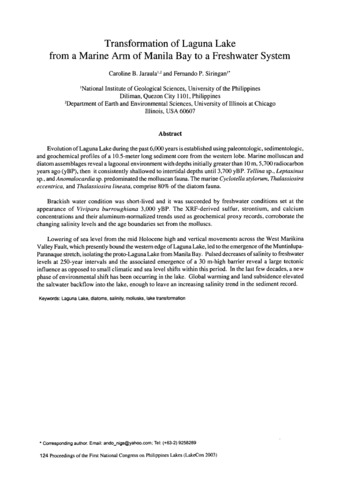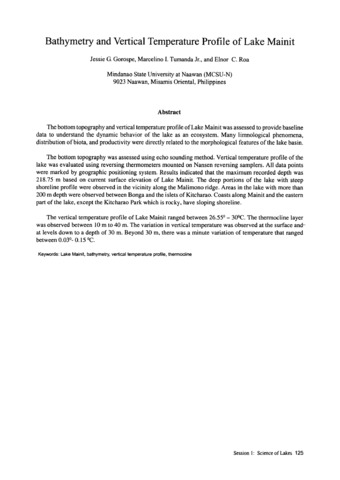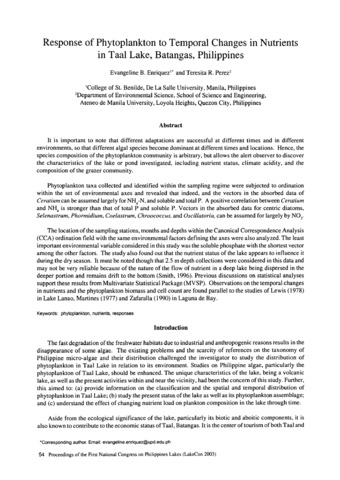02 SEAFDEC/AQD Collaborative Publications: Recent submissions
266-270 / 453
-
Policy issues on lake management in the Philippines
(Southeast Asian Regional Center for Graduate Study and Research in Agriculture (SEARCA), 2005) -
Transformation of Laguna Lake from a marine arm of Manila Bay to a freshwater system
(Southeast Asian Regional Center for Graduate Study and Research in Agriculture (SEARCA), 2005)Evolution of Laguna Lake during the past 6,000 years is established using paleontologic, sedimentologic, and geochemical profiles of a 10.5-meter long sediment core from the western lobe. Marine molluscan and diatom ... -
Bathymetry and vertical temperature profile of Lake Mainit
(Southeast Asian Regional Center for Graduate Study and Research in Agriculture (SEARCA), 2005)The bottom topography and vertical temperature profile of Lake Mainit was assessed to provide baseline data to understand the dynamic behavior of the lake as an ecosystem. Many limnological phenomena, distribution of biota, ... -
A limnological survey of Lake Duminagat, Mt. Malindang Natural Park, Misamis Occidental, Philippines
(Southeast Asian Regional Center for Graduate Study and Research in Agriculture (SEARCA), 2005)Lake Duminagat is a crater lake located in Mt. Malindang Natural Park, one of the protected areas in the Philippines. Two communities are adjacent to it - Brgy. Duminagat, of which it is a part, and Brgy. Gandawan. Both ... -
Response of phytoplankton to temporal changes in nutrients in Taal Lake, Batangas, Philippines
(Southeast Asian Regional Center for Graduate Study and Research in Agriculture (SEARCA), 2005)It is important to note that different adaptations are successful at different times and in different environments, so that different algal species become dominant at different times and locations. Hence, the species ...





